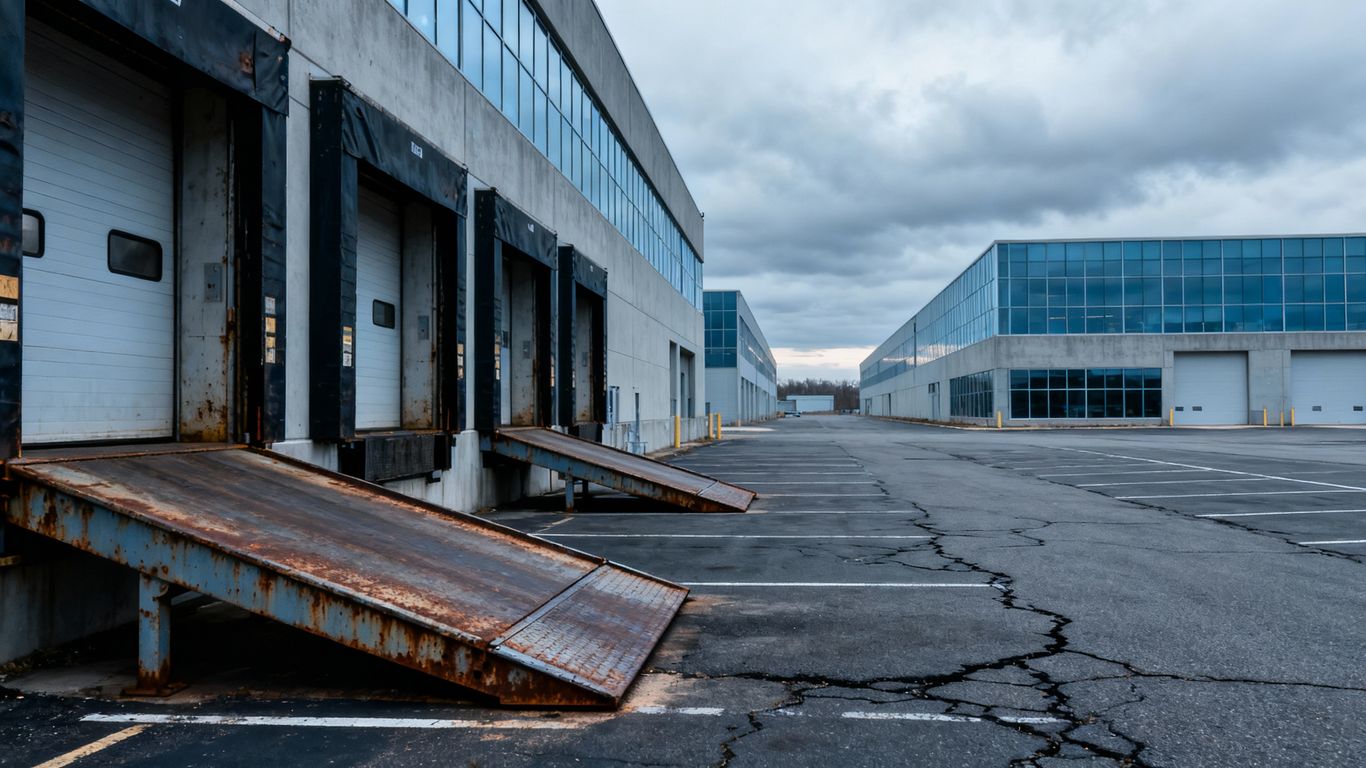
Metro Vancouver's industrial vacancy rate has climbed to its highest point in over ten years, reaching 4.3% in the third quarter of 2025, according to a new report. This marks the eleventh consecutive quarterly increase, signaling a notable shift in the region's commercial real estate landscape. Despite the rising vacancy, some industry experts suggest the market may be approaching stabilization.
The latest figures from Cushman & Wakefield Inc. indicate a significant rise from 3.9% in the previous quarter and 2.8% a year prior. While still considered low and indicative of a landlord's market, this upward trend began in early 2023. The report anticipates further vacancy increases as approximately 3.3 million square feet of new industrial space is slated for delivery in the fourth quarter, with 764,000 square feet expected to be vacant upon completion.
Adding to the vacancy concerns, the third quarter saw negative absorption of -585,000 square feet, meaning more industrial space was vacated than leased. This has created a degree of uncertainty in the market. However, deals are still being transacted. Sean Ungemach, an industrial broker with Cushman & Wakefield, noted that owner sentiment is split: 50% believe the market is at its bottom and expect lease rates to rise in the next one to two years, while the other 50% are wary of provincial debt and ongoing uncertainty.
The market peaked around 2022, with a zero percent vacancy rate for large-format buildings. Conditions have since softened, with a notable increase in available large buildings. In the past six months, however, there has been a resurgence in activity, with many previously vacant large-footprint properties now leased or under offer. Ungemach highlighted a shortage of quality inventory in this size range. Lease rates have also seen a decline, with rents for new logistics buildings now around $19.50 per square foot, a decrease from the peak of approximately $23 per square foot, often accompanied by incentives like free rent.
Prospective tenants are exhibiting caution, hesitant to commit to deals amid fears of further rate drops. This "waiting-for-the-bottom" sentiment prevails among many businesses. Despite uncertainties surrounding tariffs and interest rates, the Cushman report concludes that the Vancouver market remains fundamentally tight for distribution, logistics, manufacturing, and tech occupiers, gradually shifting towards a more balanced state that still favors landlords.